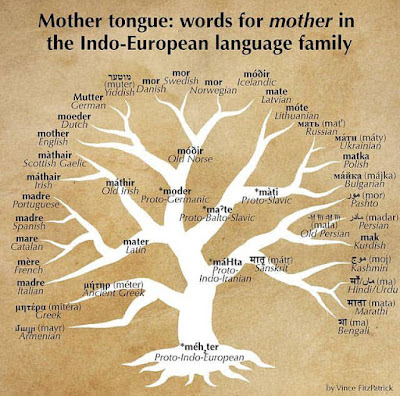Sigrblót and Lunisolar Reckoning
I was recently talking about Spring traditions in Modern Heathenry with some other Heathens from different regions. One of them had a question about lunisolar reckoning and I stepped up to answer it, since that is what I use in my own practice. In the process it came out that I celebrate Sigrblót but not the Vernal Equinox. This prompted a question I was not prepared for, which was, “What do you celebrate instead of Ostara?” My mind did a slight cartwheel, “...instead of?” It didn’t seem to me that I required a replacement for this holiday to make my practice meaningful.
Let me be clear, I do recognize the Vernal Equinox as a scientifically significant date. I just don’t perform ritual around this date. Lots of Heathens do celebrate Ostara or some other incarnation of the Vernal Equinox, and that is perfectly fine too. I don’t expect anyone to copy my practice. I don’t have the answers any more than the next person. The important bit is that your practice is meaningful to you.
Now, the reason I don’t celebrate the Vernal Equinox as a significant holiday in my Heathenry is because I primarily follow the lunisolar calendar in my practice, meaning I see the most important Holy Days in Heathenry as Winter Nights, Jól, and Sigrblót, with the addition of a Midsummer ritual at what Rune Rasmussen refers to in his book as “Old Midsummer” which occurs in July, usually, on the full moon after the new moon after the Summer Solstice. Actually, that is an important point. I use the Vernal Equinox as a day to determine the reckoning of when Sigrblót falls, since all of the 4 Holy Days fall on the full moon after the new moon after the Solstice/Equinox.
I do of course have other Holy Days in my own personal practice, for example, Mother’s Night, which is part of the Jól season spanning the months of December and January. In addition, since this is an interfaith family I also take part in other holidays with my spouse and his family that are not Heathen, but are a part of our hearth cult. If anything, I would say I have more holidays to observe than I usually have time for.
Now it is my understanding that a lot of Modern Heathens don’t celebrate Sigrblót, because they aren’t sure how to celebrate “Victory Blót.” Some may even see it as very Brosatru and not appropriate in a modern context. This is quite far from the truth. We don’t have to think about Victory in terms of battle or Viking raids. I really don’t have much connection to those ideas at all. Rather, I see Sigrblót as a Victory over Winter, and as a fertility festival to begin the Summer season.
That’s right, even though Sigrblót usually falls in April, it is the beginning of the Summer season. The elder Heathens (according to most scholars) had only two seasons, Summer and Winter. I also see the world this way within my own practice. When talking to my kin I often say I will do something in “Summer,” meaning sometime after Sigrblót. There is a very clear distinction in my mind between the Summer and Winter seasons, with the Summer being the time to go out into the world and reach out beyond my tribe. I spend more time outdoors or meeting up with people, exploring and broadening my horizons. It is a time to take on new challenges in the broader community or the world. In the Winter I am much more introspective and withdrawn, tightening my circles. I craft more art on long Winter nights, and I spend more time with hearth or kin. They are the people who I trust to help me through the Winter, and Winter is a great time to strengthen those bonds.
If you are interested more about Sigrblót and how it was celebrated both historically and in modern times, my next post will be on that topic, stay tuned!
Further Reading
The Lunisolar Calendar of the Germanic Peoples: Reconstruction of a bound moon calendar from the ancient, medieval and early modern sources by Andreas E. Zautner
The Nordic Animist Year by Rune Hjarnø Rasmussen
Image Source
“Primstav” photo by Lucy Tokheim



